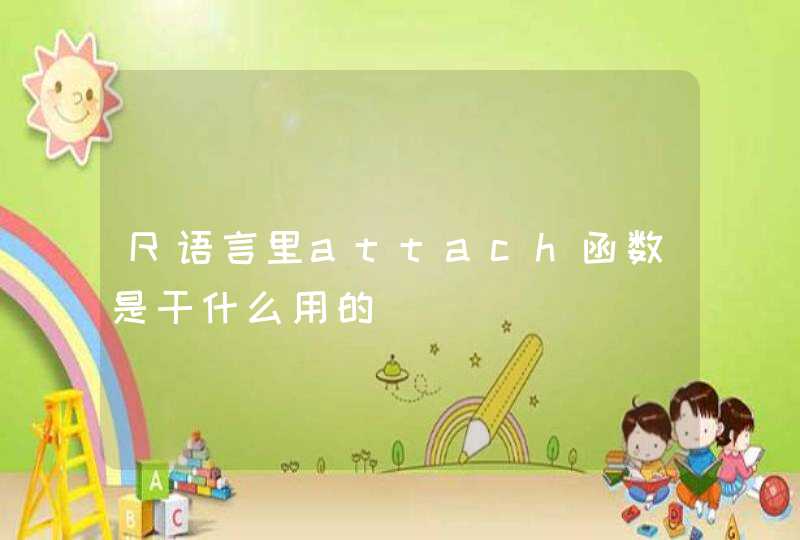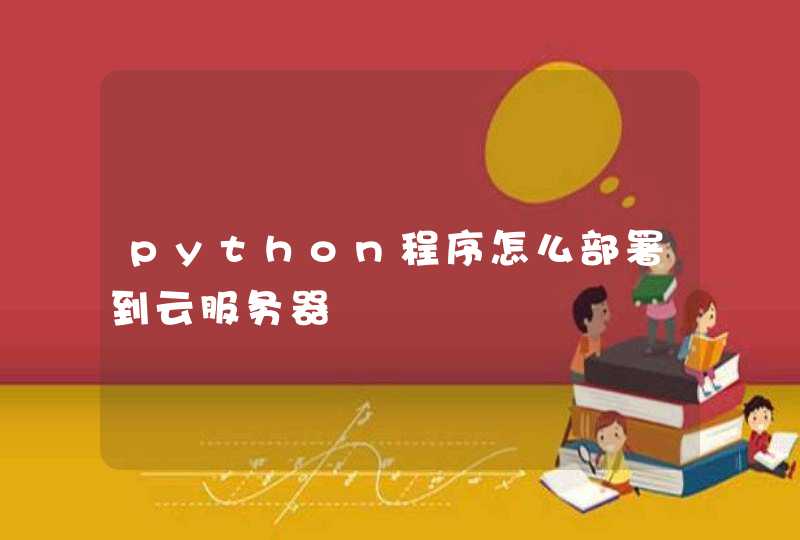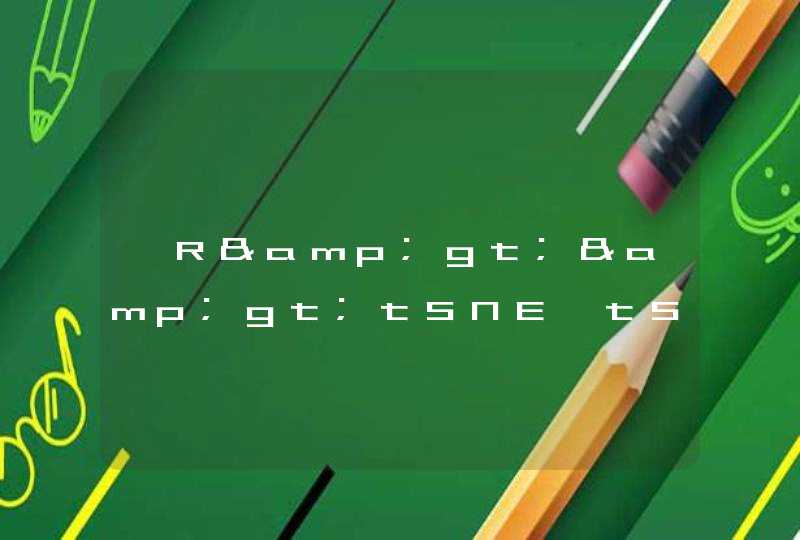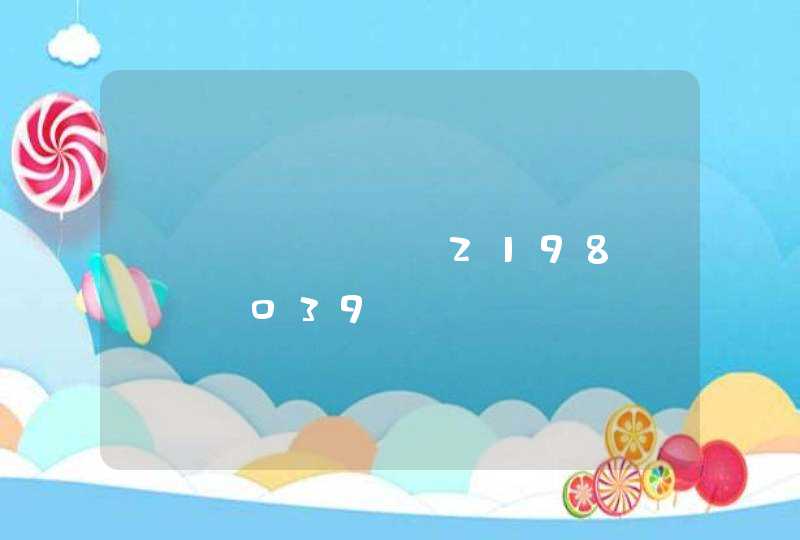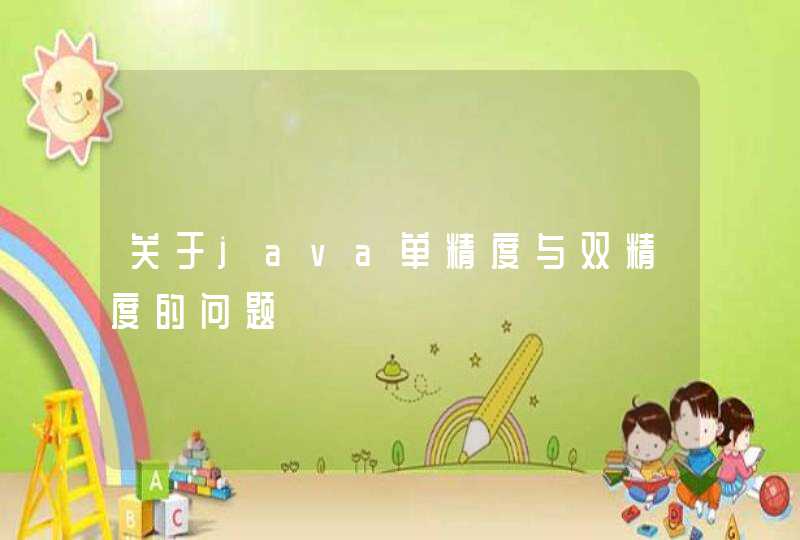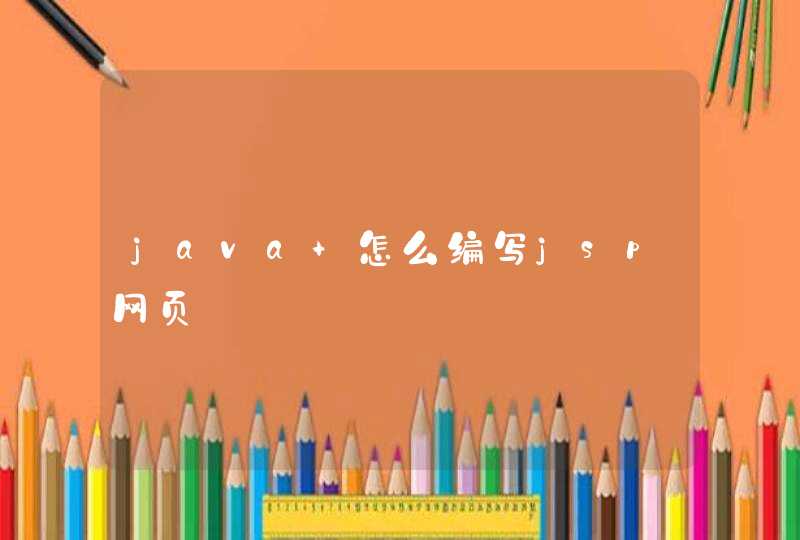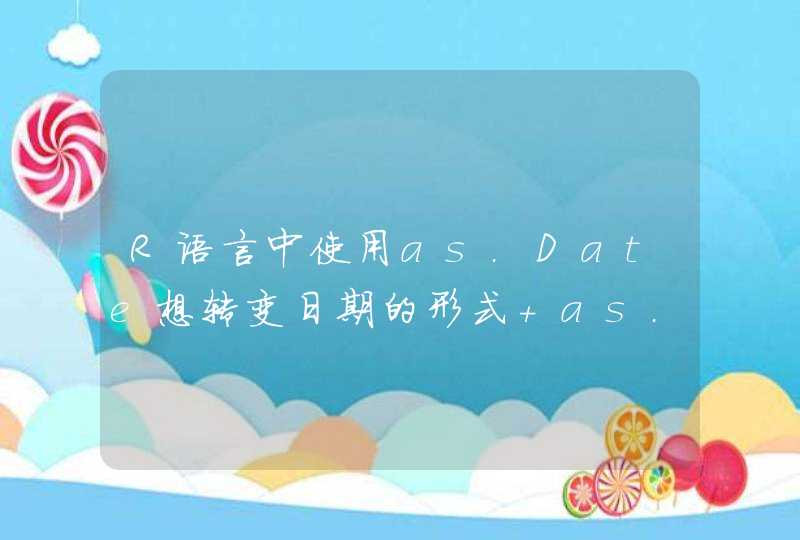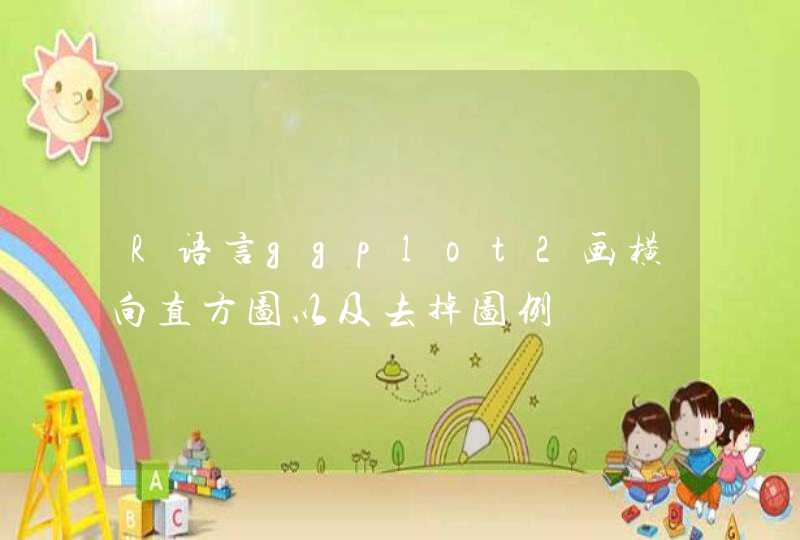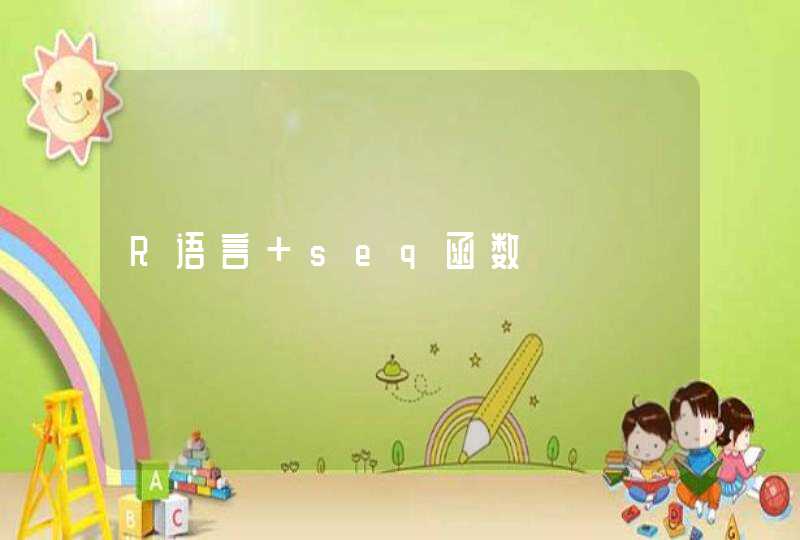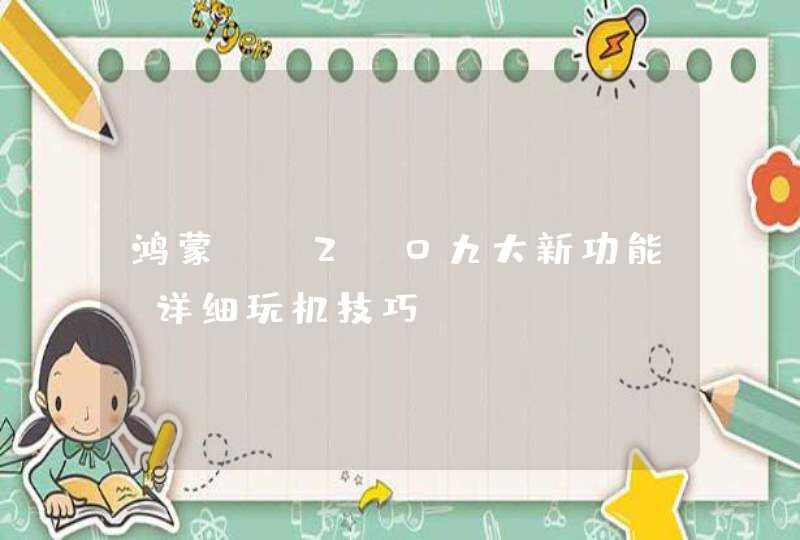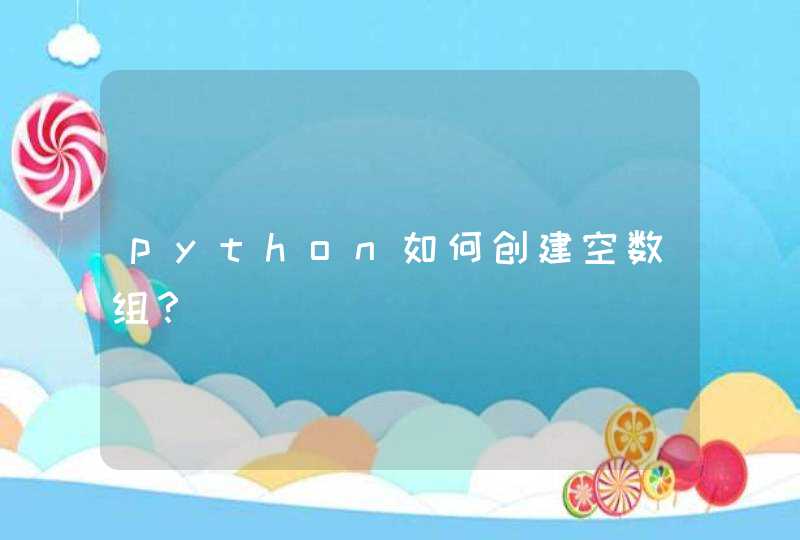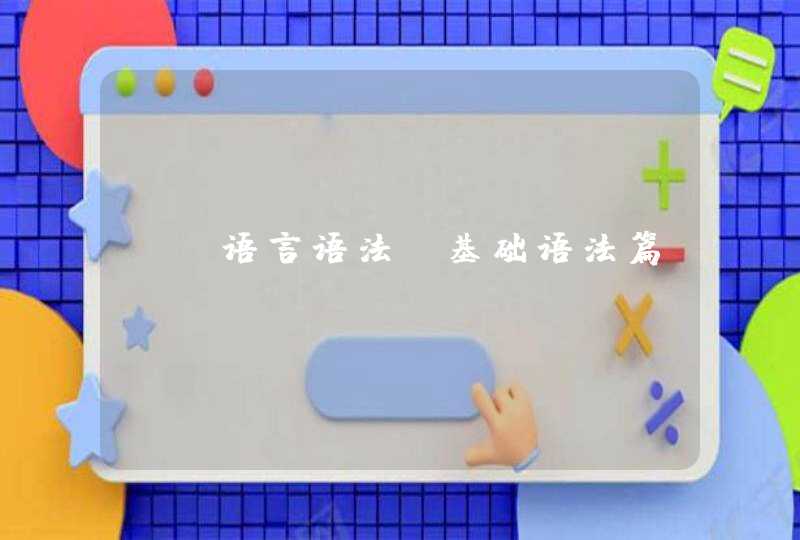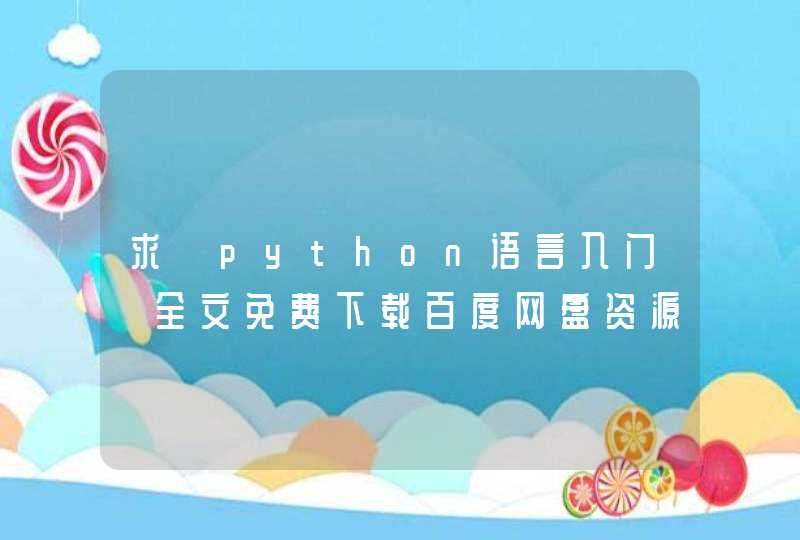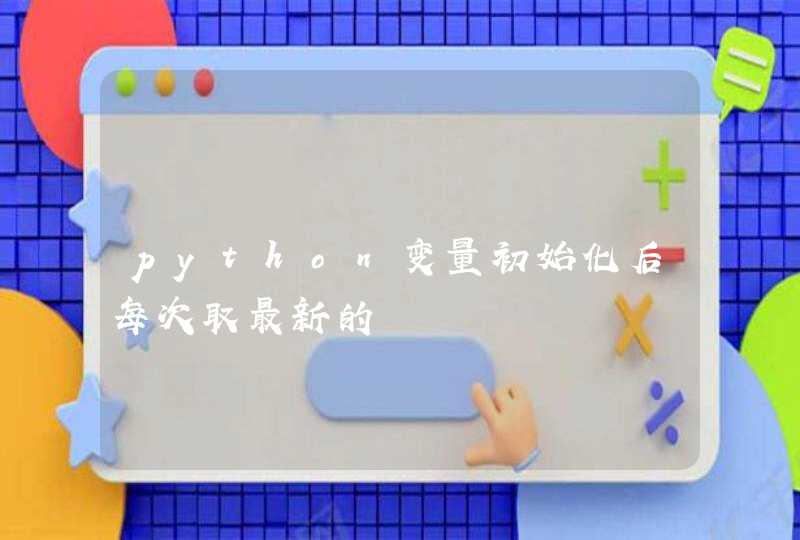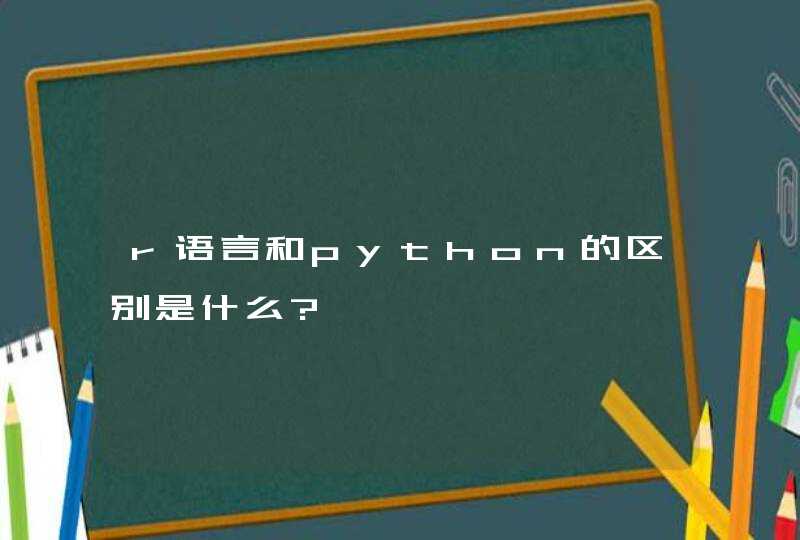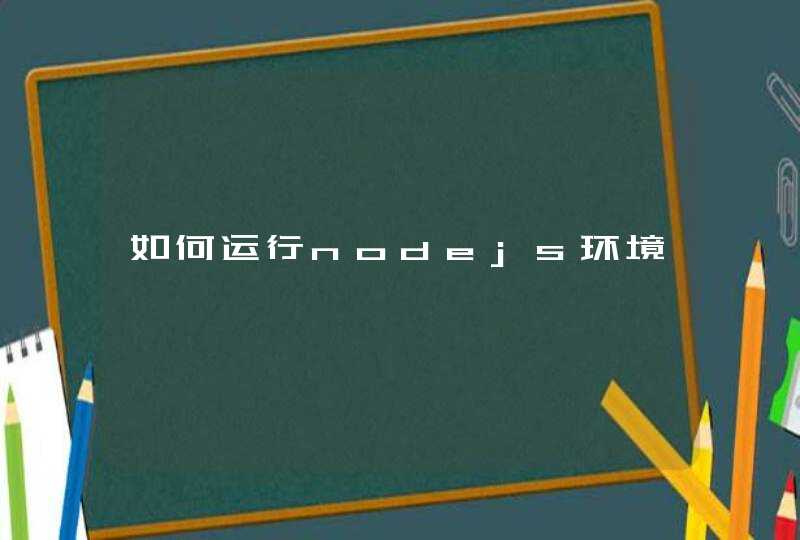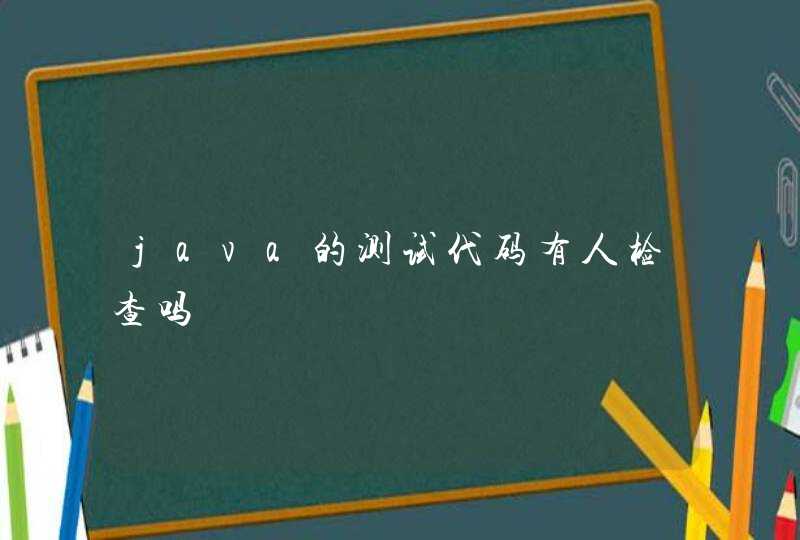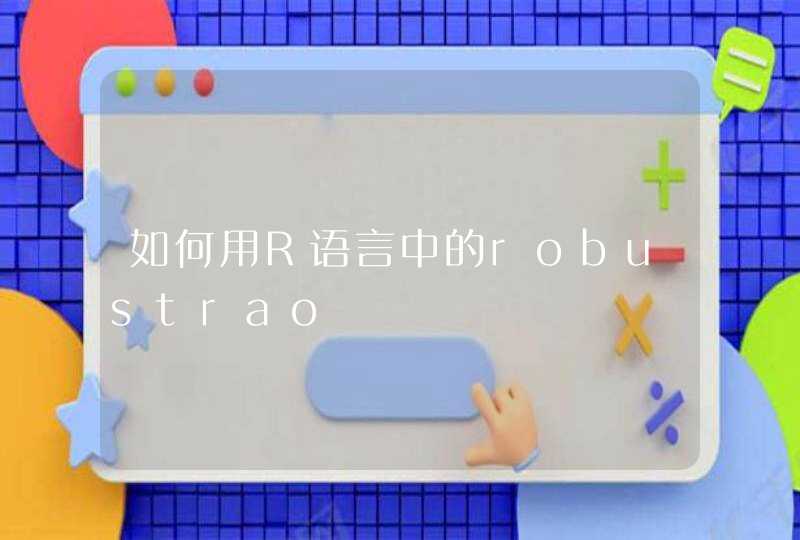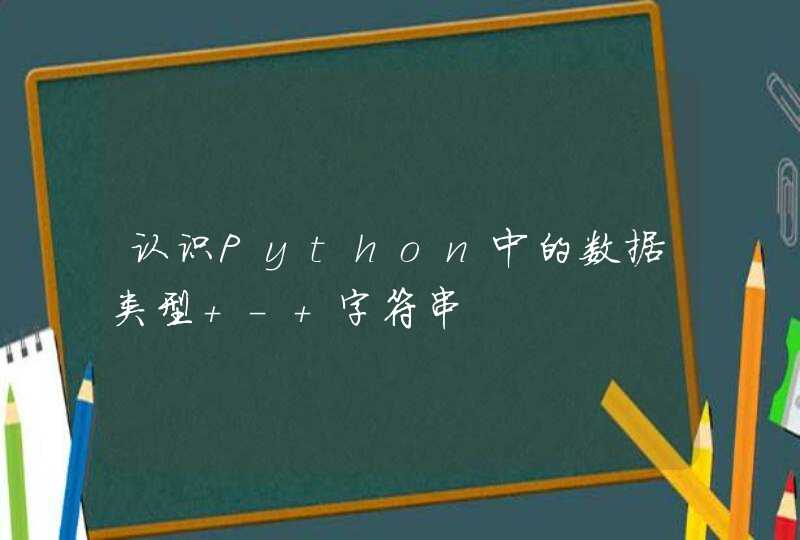
对于直接继承Thread的类来说,代码大致框架是:
?
123456789101112class 类名 extends Thread{ 方法1方法2; … public void run(){ // other code… } 属性1; 属性2; … }
先看一个简单的例子:
?
12345678910111213141516171819202122232425262728/** * @author Rollen-Holt 继承Thread类,直接调用run方法 * */class hello extends Thread { public hello() { } public hello(String name) { this.name = name} public void run() { for (int i = 0i <5i++) { System.out.println(name + "运行 " + i)} } public static void main(String[] args) { hello h1=new hello("A")hello h2=new hello("B")h1.run()h2.run()} private String name}
【运行结果】:
A运行 0
A运行 1
A运行 2
A运行 3
A运行 4
B运行 0
B运行 1
B运行 2
B运行 3
B运行 4
我们会发现这些都是顺序执行的,说明我们的调用方法不对,应该调用的是start()方法。
当我们把上面的主函数修改为如下所示的时候:
?
123456public static void main(String[] args) { hello h1=new hello("A")hello h2=new hello("B")h1.start()h2.start()}
然后运行程序,输出的可能的结果如下:
A运行 0
B运行 0
B运行 1
B运行 2
B运行 3
B运行 4
A运行 1
A运行 2
A运行 3
A运行 4
因为需要用到CPU的资源,所以每次的运行结果基本是都不一样的,呵呵。
注意:虽然我们在这里调用的是start()方法,但是实际上调用的还是run()方法的主体。
那么:为什么我们不能直接调用run()方法呢?
我的理解是:线程的运行需要本地操作系统的支持。
如果你查看start的源代码的时候,会发现:
?
1234567891011121314151617public synchronized void start() { /** * This method is not invoked for the main method thread or "system" * group threads created/set up by the VM. Any new functionality added * to this method in the future may have to also be added to the VM. * * A zero status value corresponds to state "NEW". */if (threadStatus != 0 || this != me) throw new IllegalThreadStateException()group.add(this)start0()if (stopBeforeStart) { stop0(throwableFromStop)} } private native void start0()
注意我用红色加粗的那一条语句,说明此处调用的是start0()。并且这个这个方法用了native关键字,次关键字表示调用本地操作系统的函数。因为多线程的实现需要本地操作系统的支持。
但是start方法重复调用的话,会出现java.lang.IllegalThreadStateException异常。
通过实现Runnable接口:
大致框架是:
?
123456789101112class 类名 implements Runnable{ 方法1方法2; … public void run(){ // other code… } 属性1; 属性2; … }
来先看一个小例子吧:
?
123456789101112131415161718192021222324252627282930/** * @author Rollen-Holt 实现Runnable接口 * */class hello implements Runnable { public hello() { } public hello(String name) { this.name = name} public void run() { for (int i = 0i <5i++) { System.out.println(name + "运行 " + i)} } public static void main(String[] args) { hello h1=new hello("线程A")Thread demo= new Thread(h1)hello h2=new hello("线程B")Thread demo1=new Thread(h2)demo.start()demo1.start()} private String name}
【可能的运行结果】:
线程A运行 0
线程B运行 0
线程B运行 1
线程B运行 2
线程B运行 3
线程B运行 4
线程A运行 1
线程A运行 2
线程A运行 3
线程A运行 4
关于选择继承Thread还是实现Runnable接口?
其实Thread也是实现Runnable接口的:
?
12345678class Thread implements Runnable { //… public void run() { if (target != null) { target.run()} } }
其实Thread中的run方法调用的是Runnable接口的run方法。不知道大家发现没有,Thread和Runnable都实现了run方法,这种操作模式其实就是代理模式。关于代理模式,我曾经写过一个小例子呵呵,大家有兴趣的话可以看一下:http://www.cnblogs.com/rollenholt/archive/2011/08/18/2144847.html
Thread和Runnable的区别:
如果一个类继承Thread,则不适合资源共享。但是如果实现了Runable接口的话,则很容易的实现资源共享。
?
1234567891011121314151617181920212223/** * @author Rollen-Holt 继承Thread类,不能资源共享 * */class hello extends Thread { public void run() { for (int i = 0i <7i++) { if (count >0) { System.out.println("count= " + count--)} } } public static void main(String[] args) { hello h1 = new hello()hello h2 = new hello()hello h3 = new hello()h1.start()h2.start()h3.start()} private int count = 5}
【运行结果】:
count= 5
count= 4
count= 3
count= 2
count= 1
count= 5
count= 4
count= 3
count= 2
count= 1
count= 5
count= 4
count= 3
count= 2
count= 1
大家可以想象,如果这个是一个买票系统的话,如果count表示的是车票的数量的话,说明并没有实现资源的共享。
我们换为Runnable接口:
?
12345678910111213141516171819/** * @author Rollen-Holt 继承Thread类,不能资源共享 * */class hello implements Runnable { public void run() { for (int i = 0i <7i++) { if (count >0) { System.out.println("count= " + count--)} } } public static void main(String[] args) { hello he=new hello()new Thread(he).start()} private int count = 5}
【运行结果】:
count= 5
count= 4
count= 3
count= 2
count= 1
总结一下吧:
实现Runnable接口比继承Thread类所具有的优势:
1):适合多个相同的程序代码的线程去处理同一个资源
2):可以避免java中的单继承的限制
3):增加程序的健壮性,代码可以被多个线程共享,代码和数据独立。
所以,本人建议大家劲量实现接口。
?
多线程实际上就是多个线程同时运行,至于那个先完成是不能确定的。
* @author Rollen-Holt 实现Runnable接口
* */
class hello implements Runnable {
public hello() {
}
public hello(String name) {
this.name = name
}
public void run() {
for (int i = 0i <5i++) {
System.out.println(name + "运行 " + i)
}
}
public static void main(String[] args) {
hello h1=new hello("线程A")
Thread demo= new Thread(h1)
hello h2=new hello("线程B")
Thread demo1=new Thread(h2)
demo.start()
demo1.start()
}
private String name
}
可能运行结果:
